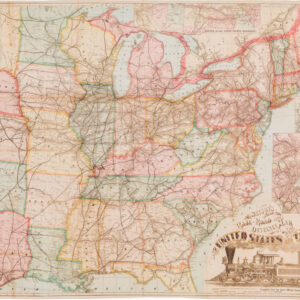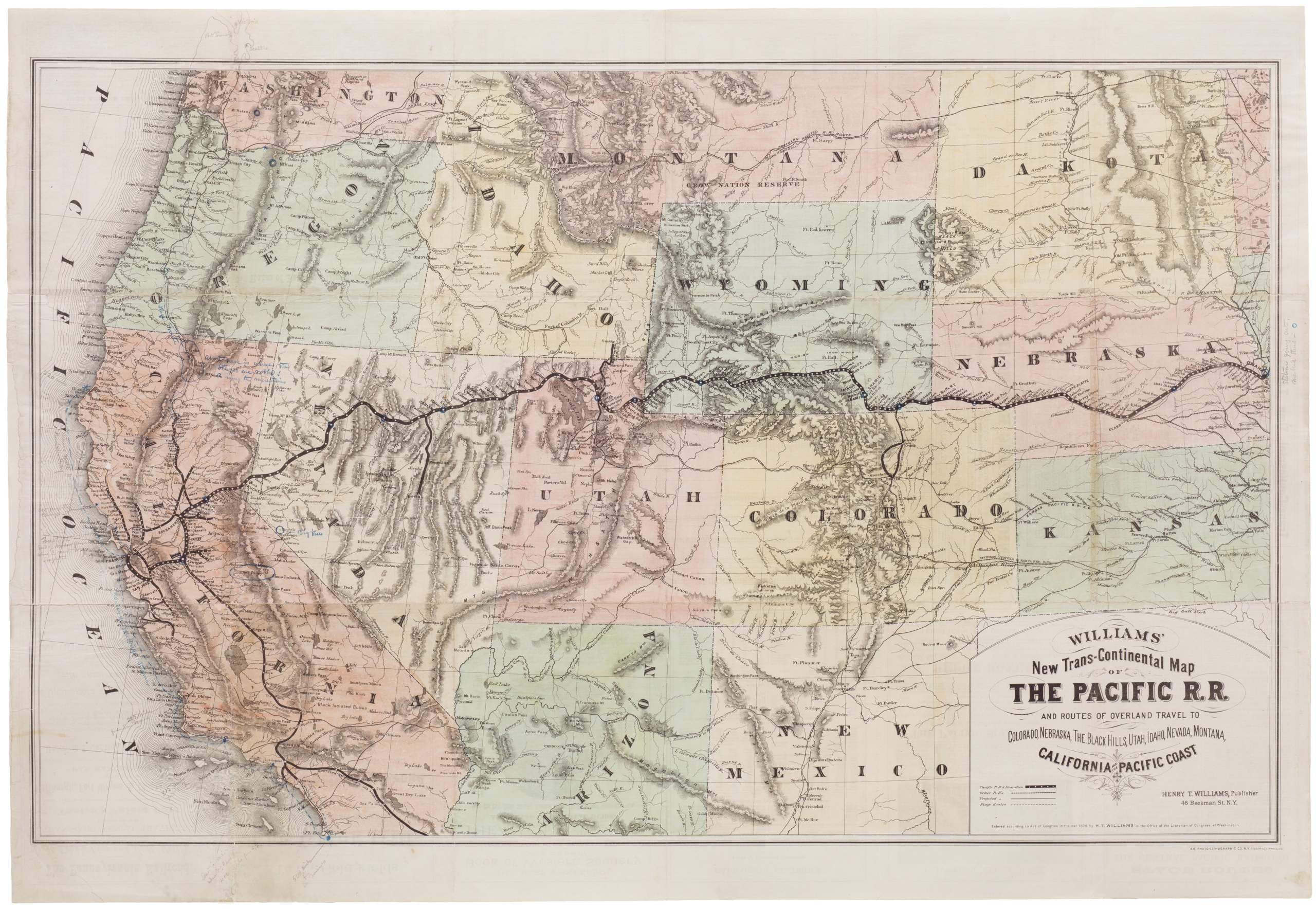Rare Cook County wall map showing pre-Fire Chicago in exceptional detail.
Map of Cook County Illinois.
Out of stock
Description
“Flower’s map presents an historical snapshot of the Chicago area at the dawn of Civil War that remains unparalleled in its richness of detail” (Holland).
A large plan of Chicago showing and naming all of its streets existing at the time is inset in the left side of the map. In addition, throughout the work are 29 street plans of towns in Cook County, many of which are accompanied by business directories.
A large number of the towns on the map have since been unincorporated, renamed, or incorporated into the city of Chicago. For example, the town of Long John and Minnehaha no longer exist. The town of Taylorsport is now known as Glencoe, Brickton is now Park Ridge, and Dunton is now Arlington Heights. Pine Grove is now part of the Lakeview neighborhood of Chicago, and Jefferson, once a small settlement of traders, hunters, and farmers, is now a densely populated neighborhood of Chicago known as Jefferson Park.
The map has several images of important buildings and places, including the Women’s College of Northwestern, Bryan Hall, the Tremont House, Graceland cemetery, and breweries in Chicago and Milwaukee. Towns on the map are differentiated with hand color. There is a reference key for railroads, canals, wagon roads, churches, houses, and a complete list of Cook County post offices. The map was obviously an elaborate and expensive production; hence we find twenty advertisements within the elaborate, floral border for businesses throughout the Cook County that must have helped foot the bill.
An interesting historical feature can be seen just to the north and south of the Chicago are two lines running diagonally from the lake to the southwest of the map. These lines are the start of large Indian boundary lines that run deep into the state of Illinois. These lines originated in about 1816 when the Sauk and Fox tribes ceded land within a 20-mile corridor to the United States at the Treaty of St. Louis. The land outside the boundary lines was owned by the Native American tribes until the Chicago treaty in 1833.
Another interesting historical marker found in the map is the tomb of Stephen A. Douglas which lies just south of Cottage Grove. Soon after this map was made, the land around the tomb became the site of a Union Army volunteer training center that thousands of Chicago area recruits would soon pass through. As the war went on, the training center became a prison camp for Confederate soldiers that came to be known as Camp Douglas.
J. W. Flower compiled and drafted the map from original surveys and records. It was published by S. H. Burhans & J. Van Vechten and was engraved, printed, colored, and originally mounted by Edward Mendel, who was a famous Chicago-based (162 W. Lake St.) lithographer and engraver known for his currency designs and early Chicago prints. This is the second edition of the map that was first published a year earlier.
Cartographer(s):
Condition Description
Expertly conserved & mounted on new linen, wood dowel at top; period hand color, refreshed; staining & some losses primarily along top portion, otherwise some of usual splitting & abrasion but overall nicely preserved; very good.
References
Holland, R. Chicago in Maps, pp. 84-87; Conzen, M. P. Chicago Mapmakers, p. 74.








